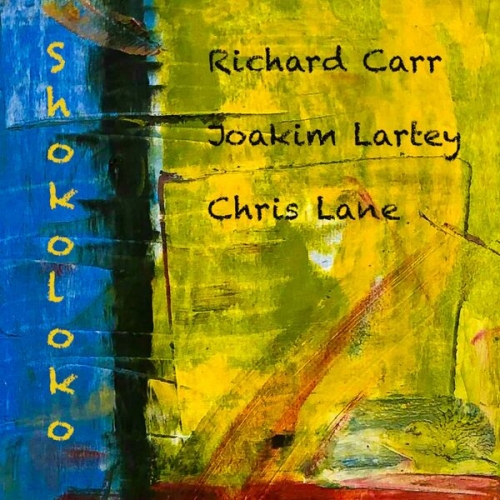Epoca Barocca - Schaffrath: Trios & Sonatas (2006)

Artist: Epoca Barocca
Title: Schaffrath: Trios & Sonatas
Year Of Release: 2006
Label: CPO
Genre: Classical
Quality: flac lossless (tracks)
Total Time: 01:09:30
Total Size: 423 mb
WebSite: Album Preview
TracklistTitle: Schaffrath: Trios & Sonatas
Year Of Release: 2006
Label: CPO
Genre: Classical
Quality: flac lossless (tracks)
Total Time: 01:09:30
Total Size: 423 mb
WebSite: Album Preview
01. Trio Sonata in G Minor, CSWV E:18: I. Allegro
02. Trio Sonata in G Minor, CSWV E:18: II. Largo
03. Trio Sonata in G Minor, CSWV E:18: III. Presto
04. Cello Sonata in C Major, CSWV F:1: I. Allegretto
05. Cello Sonata in C Major, CSWV F:1: II. Adagio
06. Cello Sonata in C Major, CSWV F:1: III. Allegro
07. Oboe Sonata in D Minor, CSWV G:2: I. Adagio
08. Oboe Sonata in D Minor, CSWV G:2: II. Allegro
09. Oboe Sonata in D Minor, CSWV G:2: III. Allegro
10. Viola da gamba Sonata in G Major, CSWV F:21: I. Allegro
11. Viola da gamba Sonata in G Major, CSWV F:21: II. Largo
12. Viola da gamba Sonata in G Major, CSWV F:21: III. Allegro
13. Trio Sonata in B-Flat Major, CSWV E:20: I. Poco andante
14. Trio Sonata in B-Flat Major, CSWV E:20: II. Allegro assai
15. Trio Sonata in B-Flat Major, CSWV E:20: III. Allegro
The shadow that Bach casts over modern perceptions of music of the eighteenth century's first half has resulted in a perception of an unwarranted duality: there was the "conservative" Bach, contrasted with the "galant" Telemann and his successors. Of course there were transitional figures whose music mixed conservative and progressive elements, and this disc by the German-Italian historical-instrument group Epoca Barocca unearths one who has received very little attention. Christoph Schaffrath (1709-1763) was a Dresden court composer whose name was several times mentioned in the same breath as that of the greats. This is an attractive disc of chamber music that will be of interest to students and aficionados of the Classical style and its roots. Of primary interest here is the shifting relationship between the melody instrument and its keyboard accompaniment, which may or may not be a continuo - and even when it is, seems to be trying to escape the role. Schaffrath sometimes doesn't seem to be sure of where he is going next with the new possibilities on his plate; in the Sonata in C major for cello and harpsichord (tracks 4-6) he luxuriates in solo keyboard passages that seem to arise without any structural mandate. But the treatment of the bassoon in the opening Poco andante movement of the Trio in B flat major for violin, bassoon, and continuo (track 13-15) is delightful - it is silent at the beginning, and then, when it is allowed to enter, it creeps in as if it were part of the continuo ensemble, gradually establishing its independence. As if to confirm that independence, Schaffrath opens the subsequent Allegro assai with a sprightly bassoon solo. Some of the music here has the combination of cheeriness and imagination characteristic of Vivaldi, certainly a major influence. Epoca Barocca has a bright, rather metallic sound, and plays with full awareness of the stylistic issues involved. Definitely recommended for large collections of late Baroque music, for this recording fills a historical hole.








